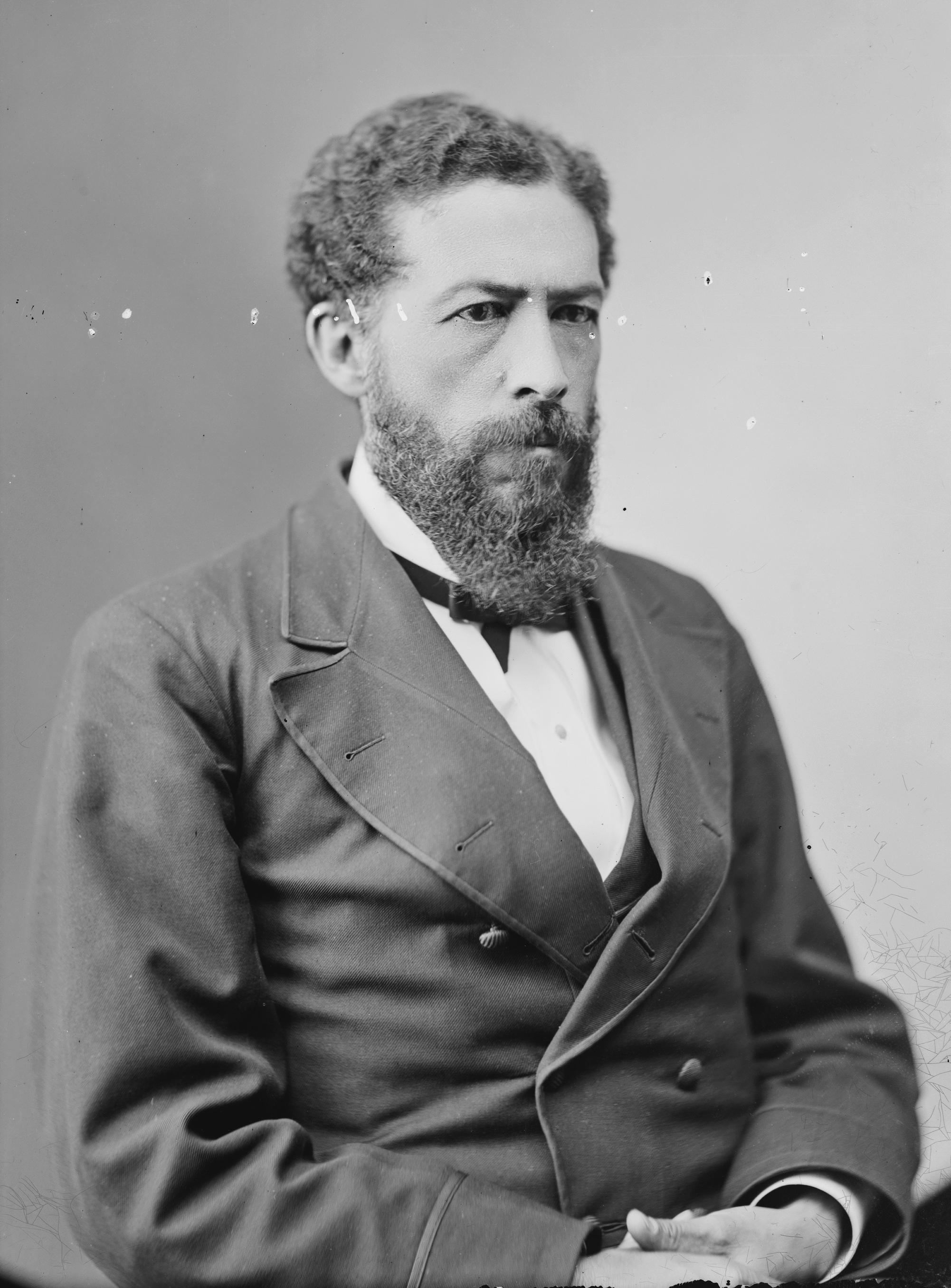How Soccer Helped Brazil Embrace Its Racial DiversityPosted in Articles, Brazil, Caribbean/Latin America, History, Media Archive on 2016-04-07 01:02Z by Steven |
How Soccer Helped Brazil Embrace Its Racial Diversity
Zócalo Public Square
KCRW
Santa Monica, California
2016-04-06
Joshua Nadel, Associate Professor of History
North Carolina Central University
Brazil—as two recent book titles point out, and almost any kid kicking a ball anywhere in the world can tell you—is the country of soccer. While the modern sport’s actual birthplace is England, Brazil is the spiritual center of the sport. Brazil, whose beloved canarinho team is the only one to play in all World Cups and to have won five, perfected the English invention, inspiring a more poetic, fluid version of the game. And while Brazil made modern soccer, the extent to which soccer made modern Brazil is often underappreciated.
The sport landed in Brazil (and throughout Latin America) at the moment of the creation of the modern nation state, in the late 19th century. As a result it tied into the historical narratives—the stories that Brazilians crafted about themselves—that underpinned the nascent nation. Soccer helped to knit Brazil together into one country in the early 20th century and played a key role in incorporating people of African descent into the polity.
Soccer arrived in Brazil in the 1890s, brought by British workers and Anglo-Brazilian youth who were returning from school in England. At first played in elite social clubs like the São Paulo Athletic Club, the sport soon diffused downwards to the masses, and by the first decades of the 20th century was already the most popular sport in the country. Most soccer histories in Latin America suggest two separate “births”—the foreign birth marked by arrival of sport and the dominance of expatriate teams; and the national birth, when the local youth began to beat the Europeans at their game. In Brazil a third birth exists: when Afro-Brazilians enter the field in large numbers…
Read the entire article here.



